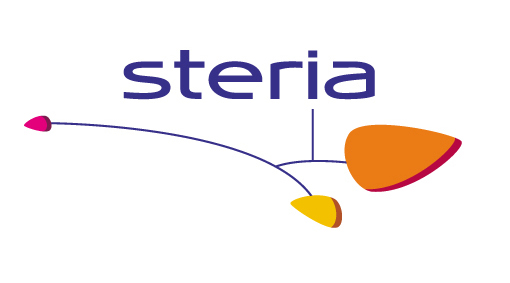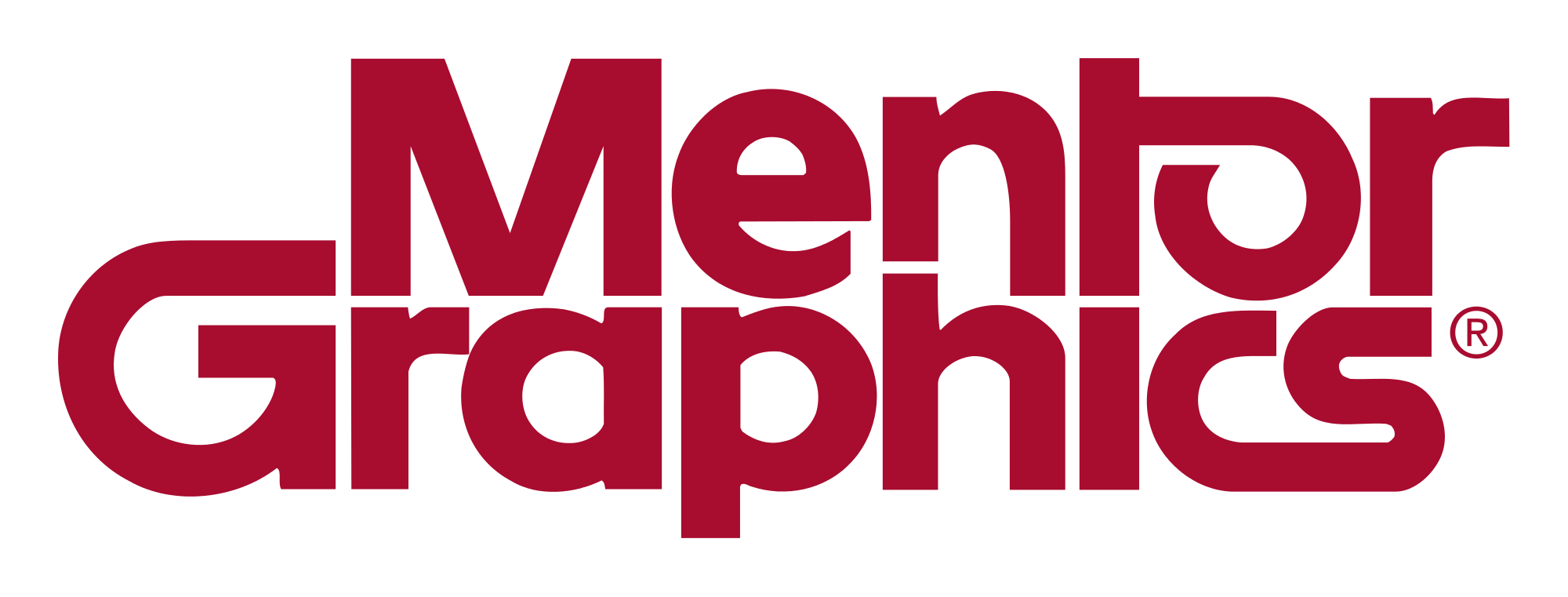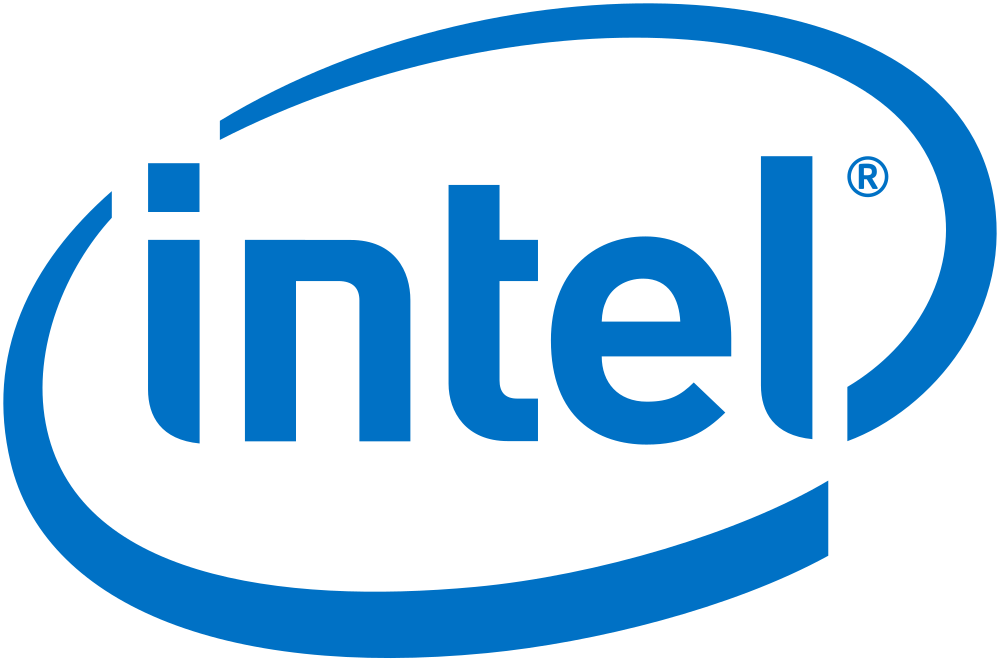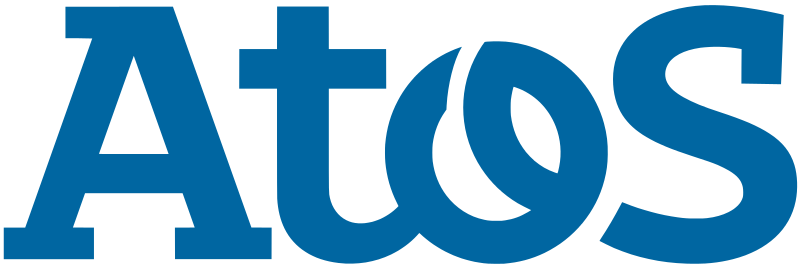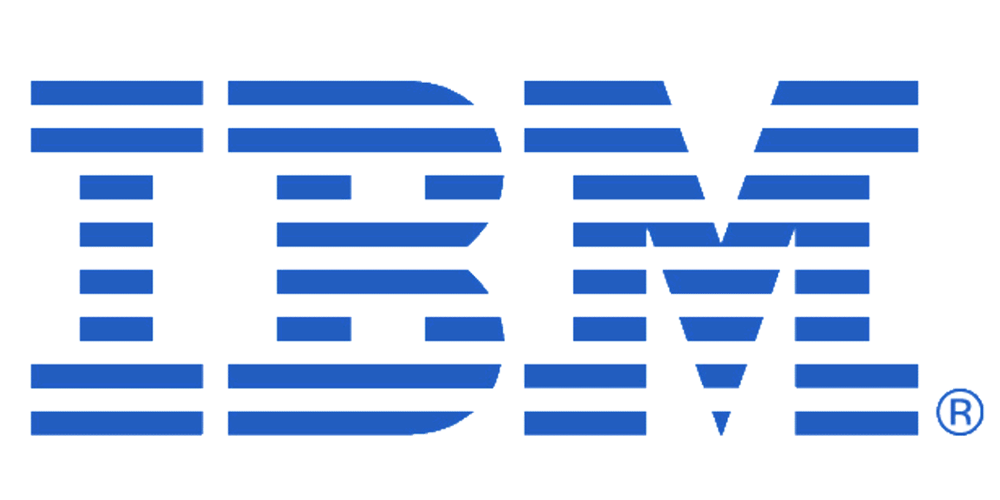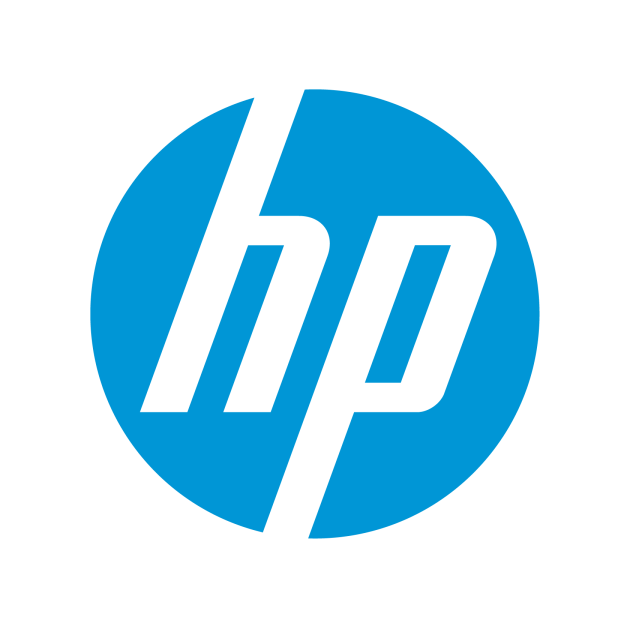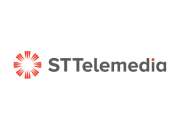Why Invest in IT-BPM
-
Domestic Demand
The domestic technology sector registered an annual revenue of $54 Bn in FY24, growing at 5.4% annually.
-
Innovation and R&D Prowess
India is the third largest startup ecosystem in the world, with 114 unicorns. The ER&D segment’s annual growth rate in FY24 is 7.8%.
-
Cost Advantage
India's cities offer significant cost savings in terms of cost per FTE, cost of living, and average office rent, as compared to alternatives like Beijing, Manila, Singapore, and Kuala Lumpur.
-
Technology Workforce
India boasts a technology workforce of 5.43 Mn, out of which 2 Mn are digitally skilled.











